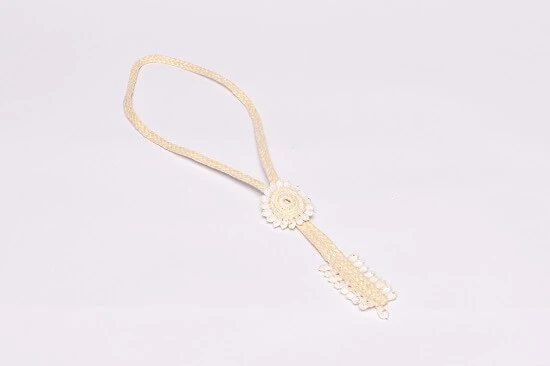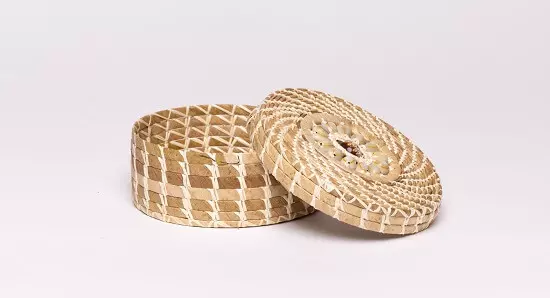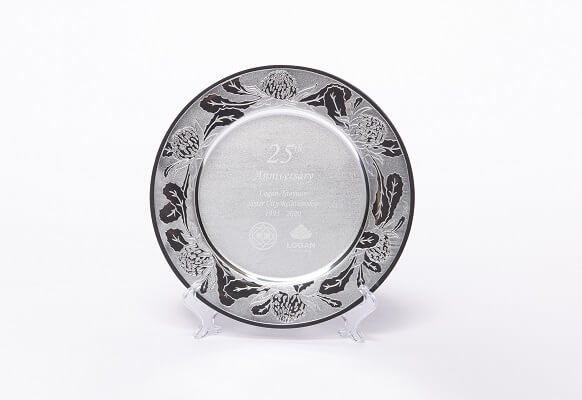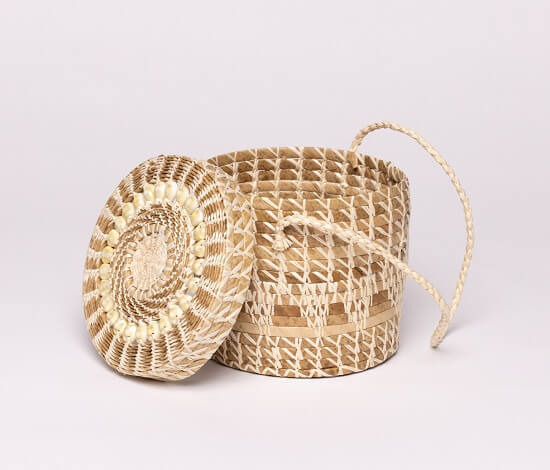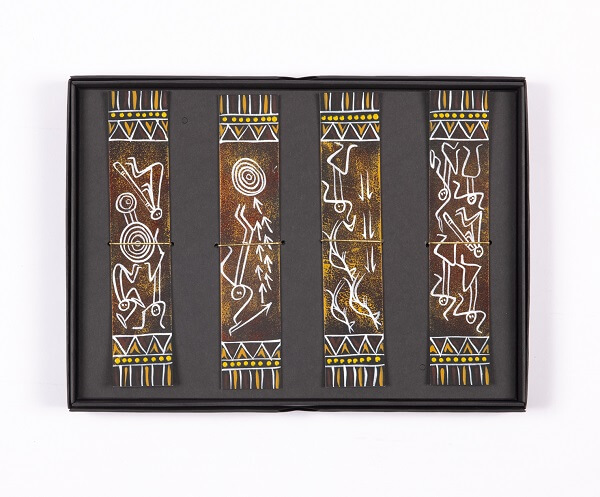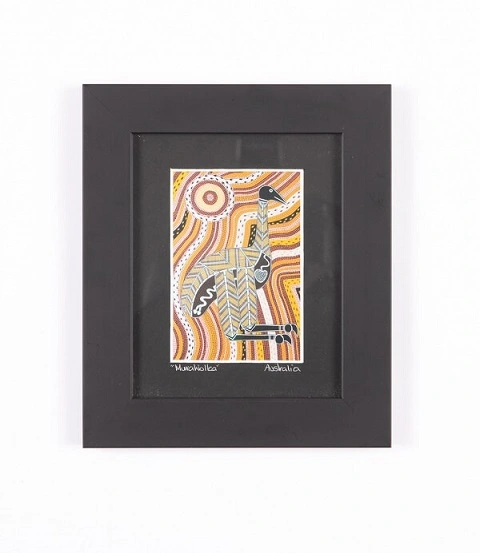
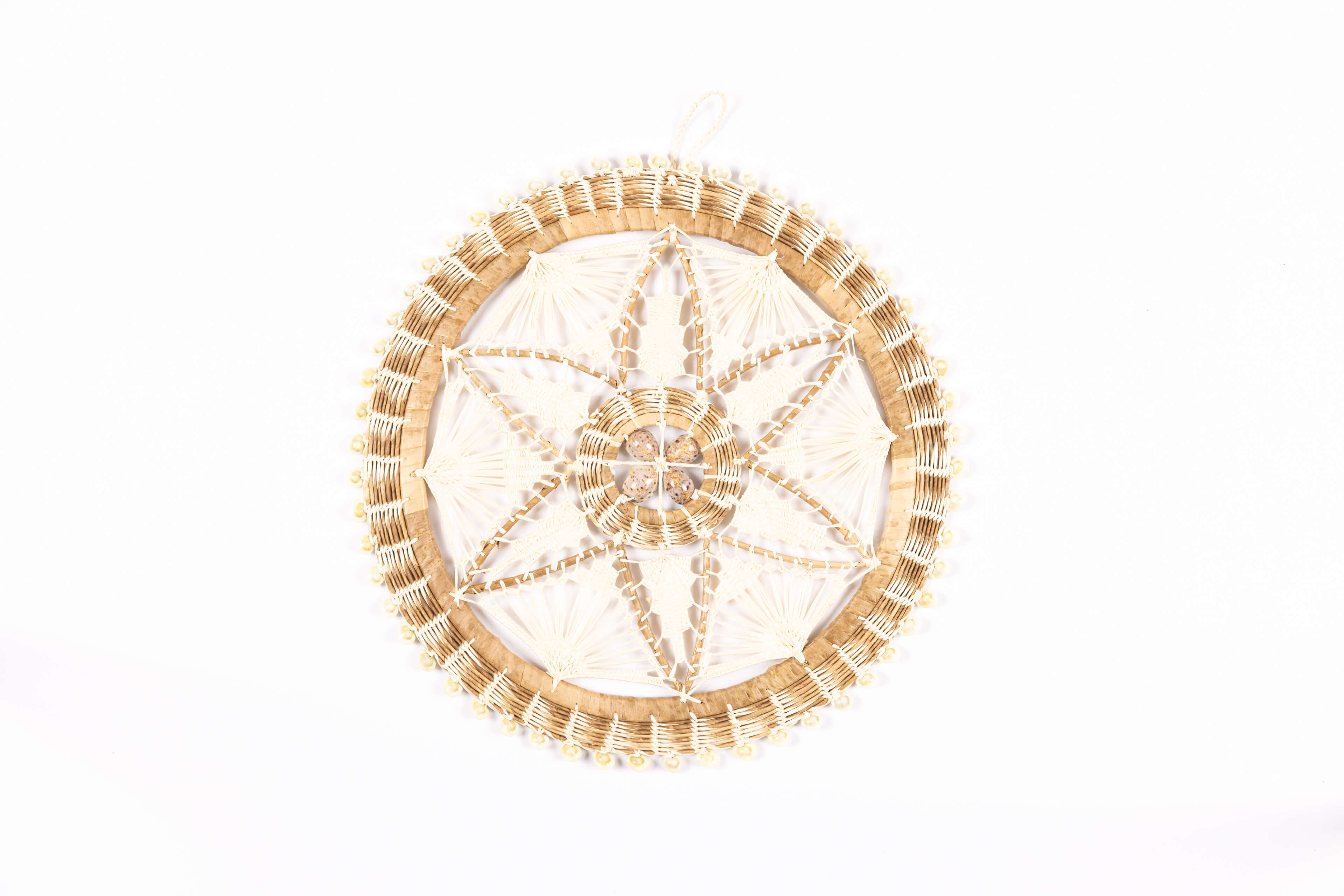
Adventures on the Waters of the South Pacific
I want to become the Pirate King! Actually, I want to learn about the Austronesians – the REAL pirate kings of the Paleolithic age!
Curator / Duke Tang
Updated at 2024-03-31
Introduction
Everyone knows that the Austronesian expansion, which stretched from Madagascar to Easter Island at its peak, originated in Taiwan. However, we lack a general understanding of the actual cultural significance of the Austronesians. Let us reacquaint ourselves with the charm of the Austronesians through gifts presented by our overseas friends!

Kili bag
There's a surprising relationship between the elegant Kili Bag and the bikini! It turns out that there is a Bikini Atoll in the Marshall Islands, where nuclear tests were conducted. The explosions led to two major sensations in the women's fashion world, the first of which was the invention of the bikini swimsuit. The inventor of the revealing swimsuit hoped to create an explosive impact, much like the controlled explosions Bikini Atoll, thus naming it "bikini." The second was the Kili Bag. Due to nuclear testing, Bikini Atoll residents were forced to relocate to Kili Island. There, they used coconut and pandanus fibers to weave matte brown bags on the inside and glistening cream on the outside.
Gifted by Hilda Heine, President, Republic of the Marshall Islands
<Read More "Kili bag">

Marshallese Handicraft
Don't underestimate the starburst patterns on the circular weavings. Starbursts and branches directly decide the life and death of the Marshallese people. Without a compass, the Marshallese people were able to navigate the vast Pacific Ocean for thousands of years just by observing the stars, which is why starbursts are found on their handicrafts and their national flag. However, stars alone were not enough to navigate the endless waters. The Marshallese people also relied on stick charts, which were much simpler than those depicted in the photo. It's difficult to fathom how several interwoven sticks can serve as a nautical map containing boundless knowledge, delineating the directions of swells and the relative positions of islands. Seafarers dared not venture out to sea without a thorough understanding of stick charts.
Gifted by Lin Hsueh-ming, Owner, Marshall Islands Formosa Group
<Read More "Marshallese Handicraft">

Woven Shell Bag
Navigation and the construction of canoes were primarily the domain of Marshallese men. As for women, they excelled in weaving. The bamboo basket in the picture is one of their everyday crafts. The community structure of the Marshallese people was very similar to that of the indigenous peoples in Taiwan, where men would go out hunting while women remained home to weave.
Gifted by Clanson Peter, Mayor of Aur Atoll
<Read More "Woven Shell Bag">

Indigenous Bookmarks
To understand indigenous Australians, one must first understand their ancestral cosmology known as "Dreamtime." Originally, the earth was a barren place. The Ancestral Spirits progressed over the land and created life. Dreamtime is not a distant past but an ongoing beginning. Furthermore, not all things on earth are the creation of the Ancestral Spirits, but rather their embodiment. The bookmarks in the picture depict totems such as kangaroos and rainbow snakes, symbolizing the belief in the animacy of all things.
Gifted by Luke Smith, Mayor of Logan City
<Read More "Indigenous Bookmarks">
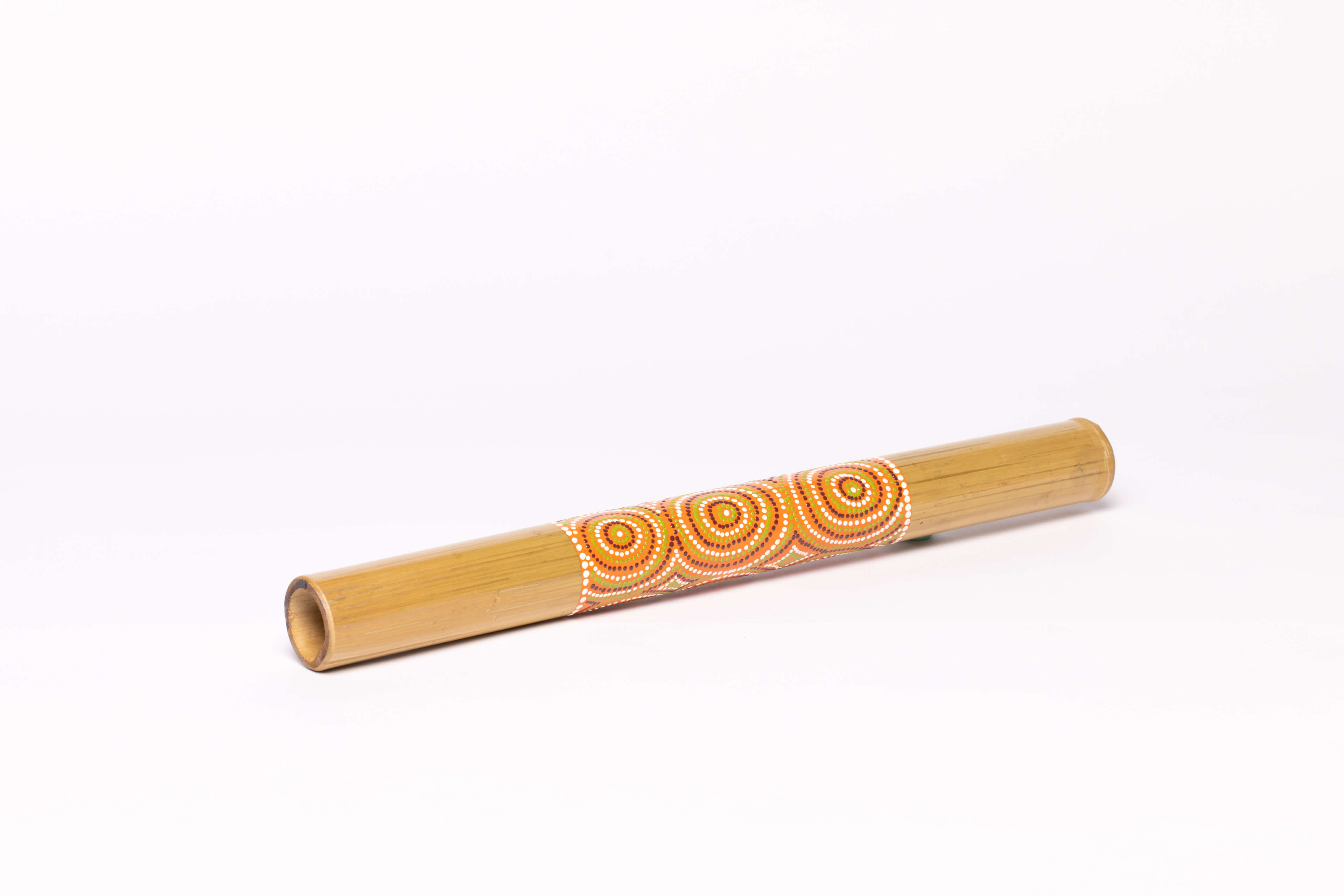
Indigenous Wind Instruments
It may be difficult to perceive the length of the object from the picture, but this wooden flute-like instrument is very long, at a whopping 1.6 meters. It is one of the oldest musical instruments in recorded human history, dating back some 40,000 years. Rather than saying it is a human invention, it is more accurate to call it a divine gift, as the tube is naturally hollowed by termites. The distinctive sound that the instrument produces when played earned it the name "Didgeridoo" by European colonizers. It is traditionally played in conjunction with singing and dancing to convey ancestral legends.
Gifted by Luke Smith, Mayor of Logan City
<Read More "Indigenous Wind Instruments">
.jpg)
"MurraWolka" Hunting Boomarang
A significant difference between indigenous Australians and other ancient civilizations is that the native people of Australia never developed the bow and arrow. Rather, they developed and relied heavily on boomerangs for hunting. Hunters did not directly kill their prey with boomerangs. Instead, they used the tool as a means to steer their prey. For example, birds would try to dodge boomerangs by diving downwards, right into hunters' clubs or nets. Today, boomerangs have evolved into a contemporary sport in Australia, where throwers are scored on accuracy and catch.
Gifted by Jenny Bloomfield, Representative, Australian Office in Taipei
<Read More "MurraWolka Hunting Boomarang">

"MurraWolka" Handpainted Painting
The featured bird in the painting is the emu–one of the two native animals on the Australian coat of arms, along with the kangaroo. It is the second-largest bird in the world, measuring up to 190 centimeters, second only to the ostrich. Despite its length, emus are very fast, reaching speeds of up to 50 kilometers per hour. The emu is revered as an Ancestral Spirit among indigenous Australians and has a corresponding constellation in the Milky Way. However, European colonizers did not appreciate emus and thought that they occupied space and consumed crops. They subsequently initiated the Great Emu War, dispatching thousands of armed soldiers to slaughter emus. However, the endeavor was nearly fruitless, as emus proved more adept at running across rugged terrain than tanks, and their massive bodies with thick muscles could withstand bullets.
Gifted by Catherine Raper, Representative, Australian Office in Taipei
<Read More "MurraWolka Handpainted Painting">
Related Collection

